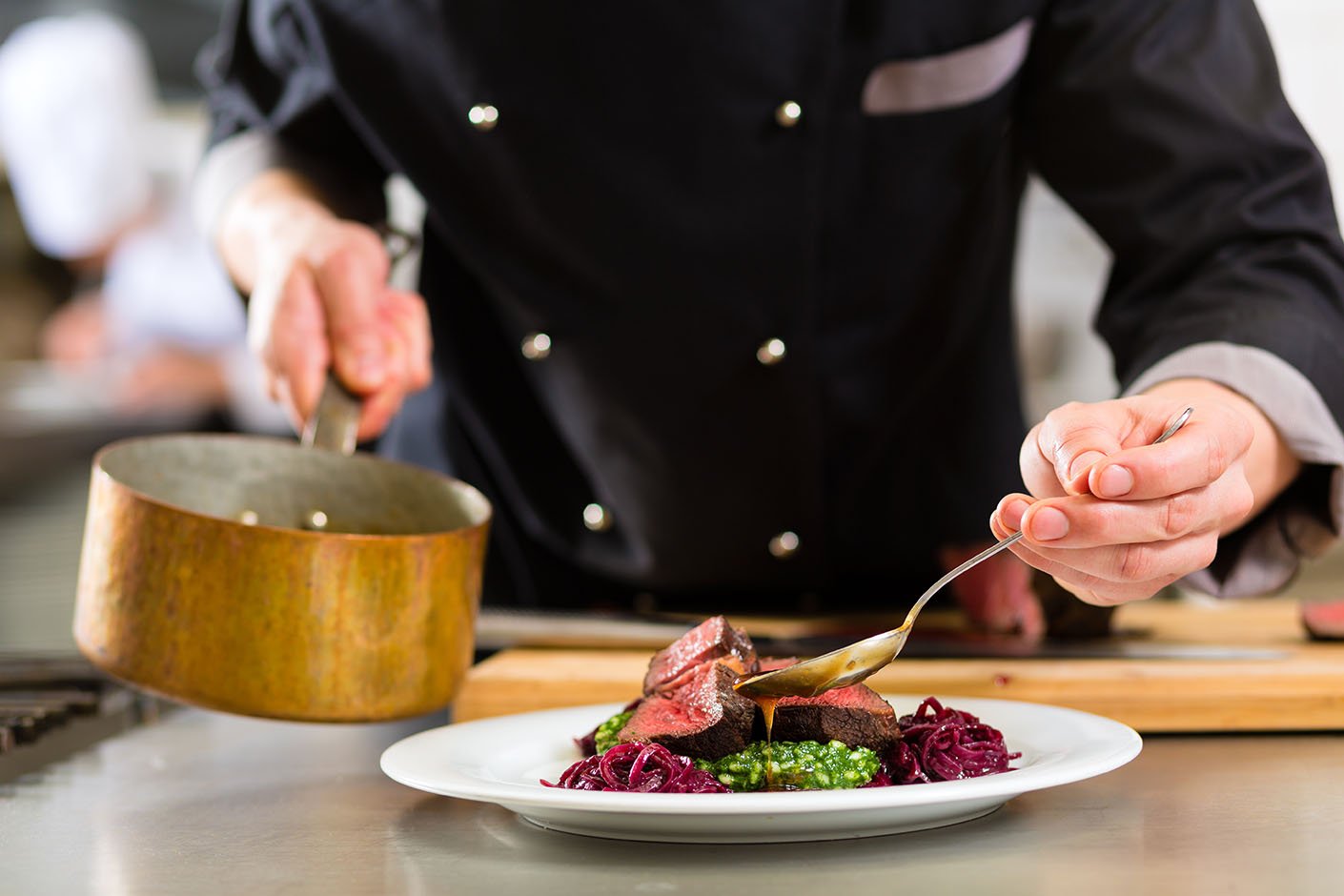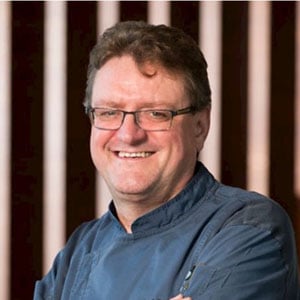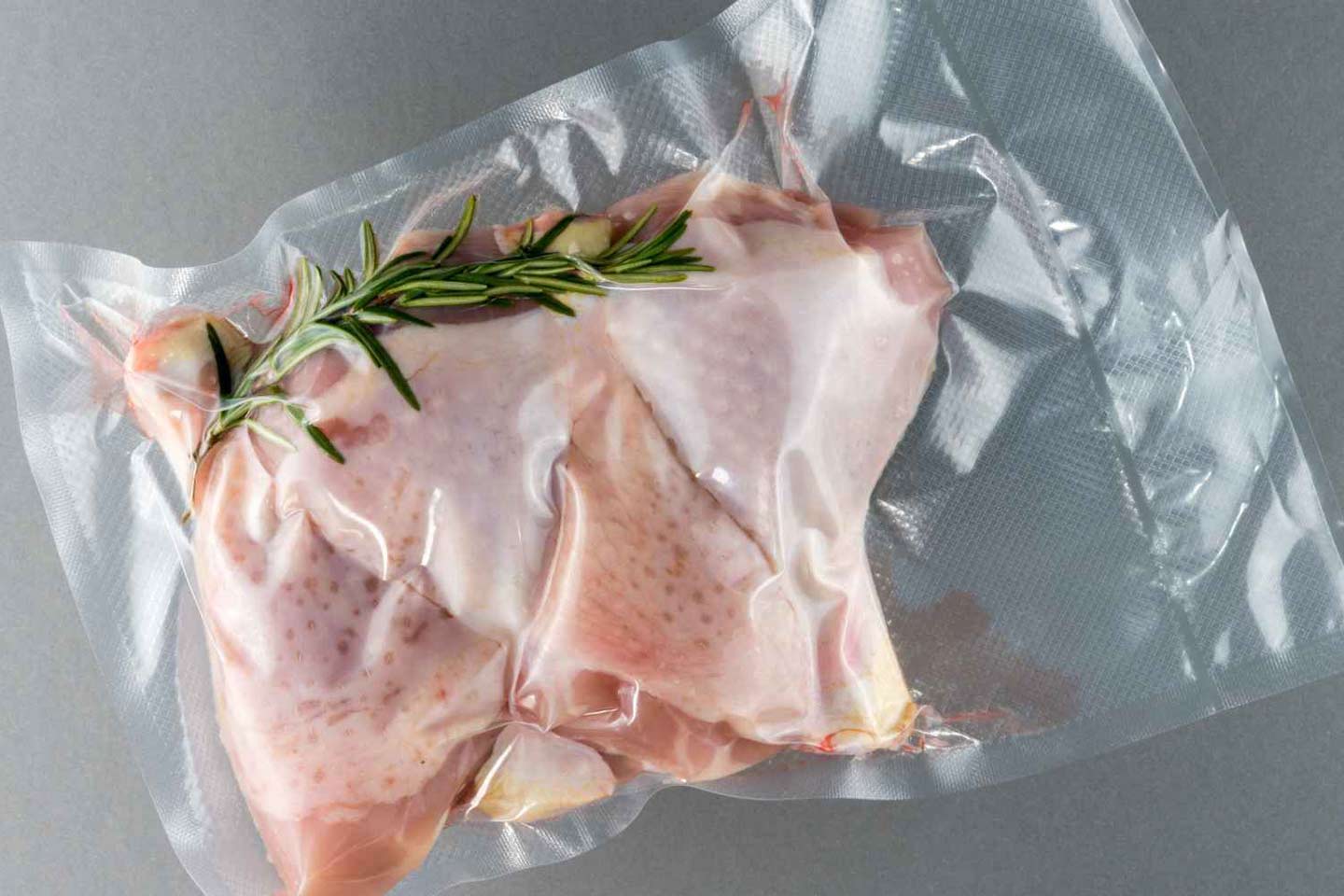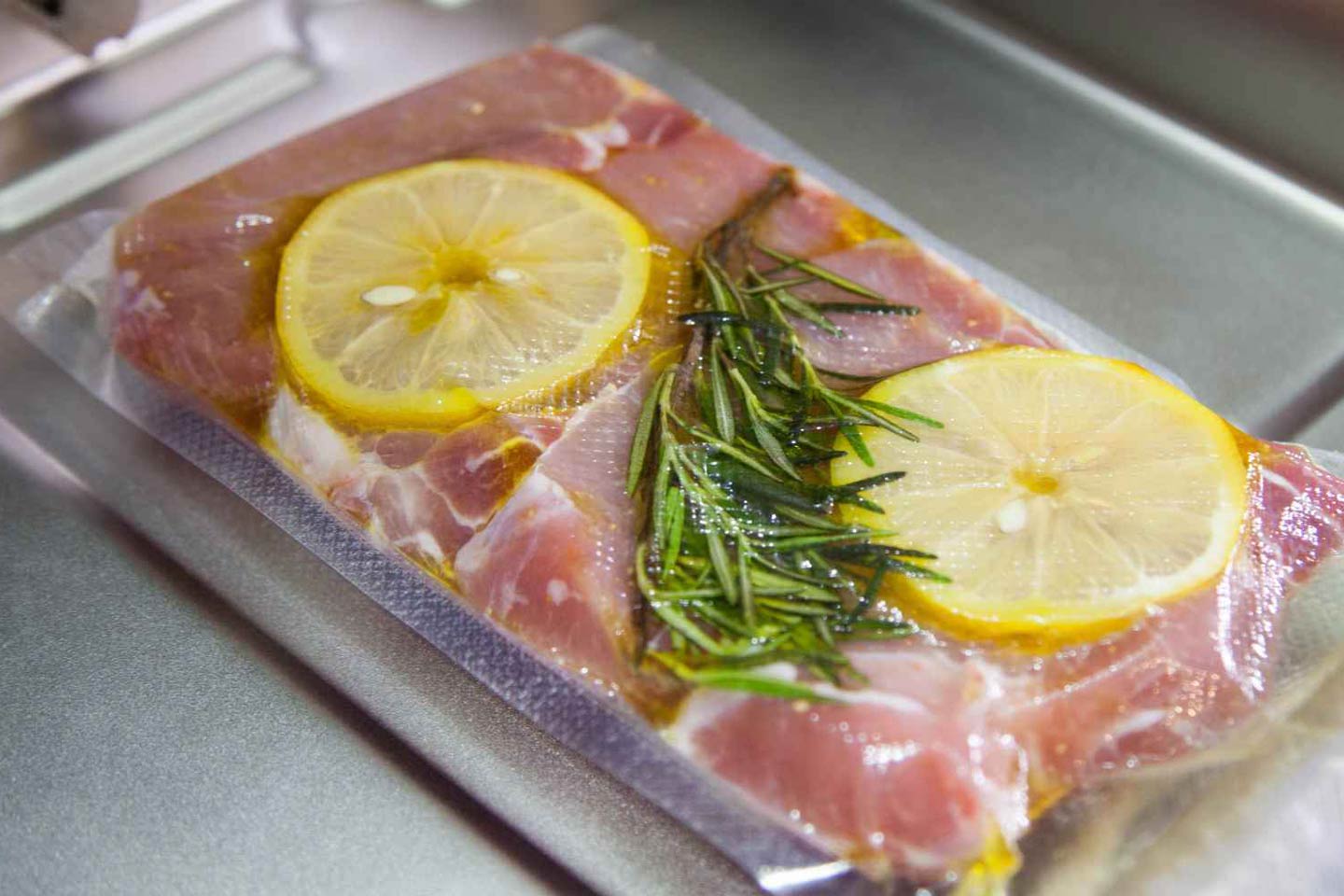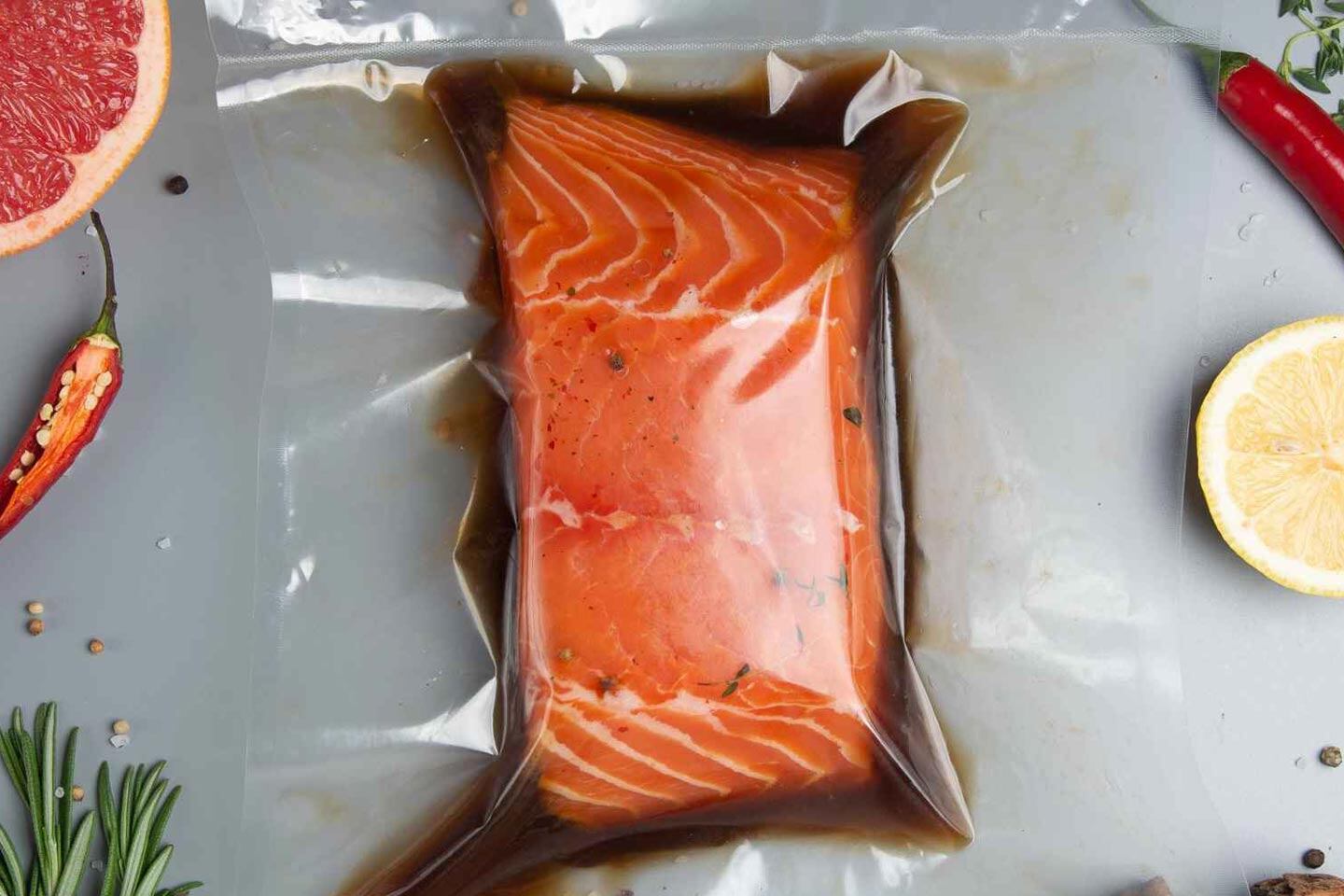When most people think of culinary arts, their mind immediately goes to the image of a chef in a restaurant cooking up delicious meals for hungry customers. However, this field encompasses much more than cooking alone. Our team, comprised of seasoned experts from EHL Practical Arts, recommends some supplementary reading materials to help you better understand the fundamentals of Culinary Arts.
Culinary Arts: a definition
Breaking apart the term, culinary means “related to cooking” and arts refers to any broad area of interest. So, put simply, culinary arts refer to the art of preparation, cooking, presentation, and service of food. This may often be in the form of meals in a restaurant, but culinary arts can refer to all professions that involve food service.
Have you ever pondered on why some food is so irresistible? Actually, it's a combination of factors that stimulate all of our senses! Every aspect, from the presentation on the plate to the aroma, flavors, and textures in our mouths, contributes to our satisfaction with a meal. It's truly remarkable how much effort goes into creating a single dish, don't you think? In the culinary arts, it is our responsibility to ensure that all senses are fully satisfied.
A skilled culinary arts professional understands the importance of presenting food in an attractive and appetizing manner. They take their time to ensure that the dish not only tastes delicious but also looks appealing and smells sensaitonal. Utilizing all available tools, they strive to create the perfect culinary experience by harmonizing these important factors.
The Culinary Arts process
1. Ingredient selection & recipe planning
The process begins with choosing the best ingredients. Culinary arts professionals learn how to pick and choose ingredients that are at their peak, whether it’s an apple, a mushroom, a fish, or something else. In a fine restaurant, it’s usually the chef who oversees the buying of fresh ingredients.
Once the chef has assessed the inventory of ingredients, they meticulously curate a selection of recipes that maximize the potential of each ingredient. A masterful chef possesses the ability to adapt the menu effortlessly to account for any surplus or scarcity of necessary ingredients.
2. Food preparation: professional techniques and processes
Once the menu is planned, the sous-chef must get to work, preparing all the ingredients so that they can be used in the recipes. This is another stage of the culinary arts process. The food must be chopped, sliced, cut, and prepared in just the right way so that the food is highly attractive in its shape, or so that it can be properly cooked in the recipe. This is one reason why there are so many kinds of slices and “knifework” that a sous-chef must learn.
The chef in a fine hospitality establishment will have a group of cooks on hand to prepare the various dishes on the menu. Each of these cooks has been trained in culinary arts and understands the importance of handling each ingredient correctly during the cooking process.
The cooks will have learned a wide variety of cooking methods so that they can call upon their knowledge to correctly prepare any dish. The cooking methods will include:
- Frying
- Grilling
- Deep-frying
- Sautéing
- Broiling, boiling
- Basting
- Baking
- Braising
- Steaming
- Sous-vide
- Roasting
In addition, the cooks will be familiar with each of the tools necessary to prepare the dishes. These include cookware and utensils. There is an endless number of kitchen tools, and the true culinary arts professional must learn how to use all of them, including the food mill, grinder, pestle and mortar, ladle, steamer, stick blender, and more. The cooks must also know how to operate cooking appliances such as gas ranges, electric ovens, freezers, convection ovens, blow torches etc.
3. The art of plating: creative and decorative food staging
Once the cooks have skillfully prepared every element of the dishit must be assembled on the plate in an attractive way. This gives chefs a lot of creative licence to elevate their dish with visual elements, including the arranging of food items in artistic formations, as well as the use of edible and unedible props. Depending on the type of dining establishment, the plating style will vary from rustic, modern, eleborate and even abstract concepts.
The plating could depict a theme or reflect the content of the dish in some way. For elaborate plating in fine dining restuarants this is thought of and meticulously planned before the cooking begins, and needs to be swiftly and confidently done to avoid the dish getting cold or elements spoiling.
4. Food Service: delivering dishes and memorable experiences
The final step of the culinary arts process is service. It is during this crucial stage that the culinary arts professional must showcase not only their culinary skills but also their ability to provide exceptional service.
The art of food service goes beyond simply placing the dish in front of the customer. It involves a careful balance of efficiency, attention to detail, and professionalism. The culinary arts professional must ensure that the dish is presented in a visually appealing manner, with all the elements arranged perfectly on the plate. They must also ensure that the dish is served at the correct temperature, whether it is a hot dish that needs to be served piping hot or a cold dish that needs to be kept chilled.
In addition to the technical aspects of food service, the culinary arts professional must also possess excellent communication and interpersonal skills. They must be able to engage with the customer, answer any questions they may have about the dish, and make recommendations based on their knowledge of the ingredients and flavors. They must also be attentive to the customer's needs and be able to anticipate any additional requests they may have, such as extra sauce or a side dish.
Overall, the final step of the culinary arts process is not just about delivering a dish to the customer, but about creating a memorable dining experience. It is the culmination of all the hard work and skill that goes into the preparation, cooking, and presentation of the dish. And it is through exceptional service that the culinary arts professional is able to bring all these elements together, leaving a lasting impression on the customer.
What Culinary Arts means around the globe
If all this sounds overwhelming, consider that there are also international cuisines that culinary arts professionals need to be aware of. To work in a hospitality establishment that caters to international guests, culinary arts professionals must be familiar with international dishes and tools. These include dishes like crème Brulé, bouillabaisse, or sushi and different cooking methods such as sous-vide. It's understandable to feel daunted by the sheer amount of knowledge required to truly excel in the culinary world.
However, not all the information must be learned at one time. In good kitchens, a culinary arts professional learns in stages. Anyone interested in becoming a culinary arts professional can attend school to learn the culinary arts. You would then work your way through the various positions until you were comfortable with each position. For example, you might start as a busser, become a waiter, become a sous-chef, become a cook and then perhaps one day become a chef running your own kitchen.
Along the way, you would learn every aspect of the culinary arts profession. You would learn how to present the dishes to the customers, how to garnish a plate, how to cut, dice and slice foods so that it is attractive, how to plate a dish, how to prepare raw foods, how to select fresh cuts of meat and much more.
Roles in Culinary Arts
There are many roles to play in the culinary arts world and all of them are an important part of the final dish. From the busser to the waiter, to the sous chef, all the way up to the head chef, everyone is essential to making a dish memorable.
Pursuing a culinary arts education unlocks a world of exciting career opportunities by providing insider knowledge and technical expertise, empowering you to excel in professional kitchens.
Culinary Arts Careers can typically include:
- chef
- restaurant manager
- food and beverage manager
- catering manager
- product development manager
- culinary consultant.
Interested in learning more? Discover the skills needed to be successful in this demanding and fast-paced sector.
